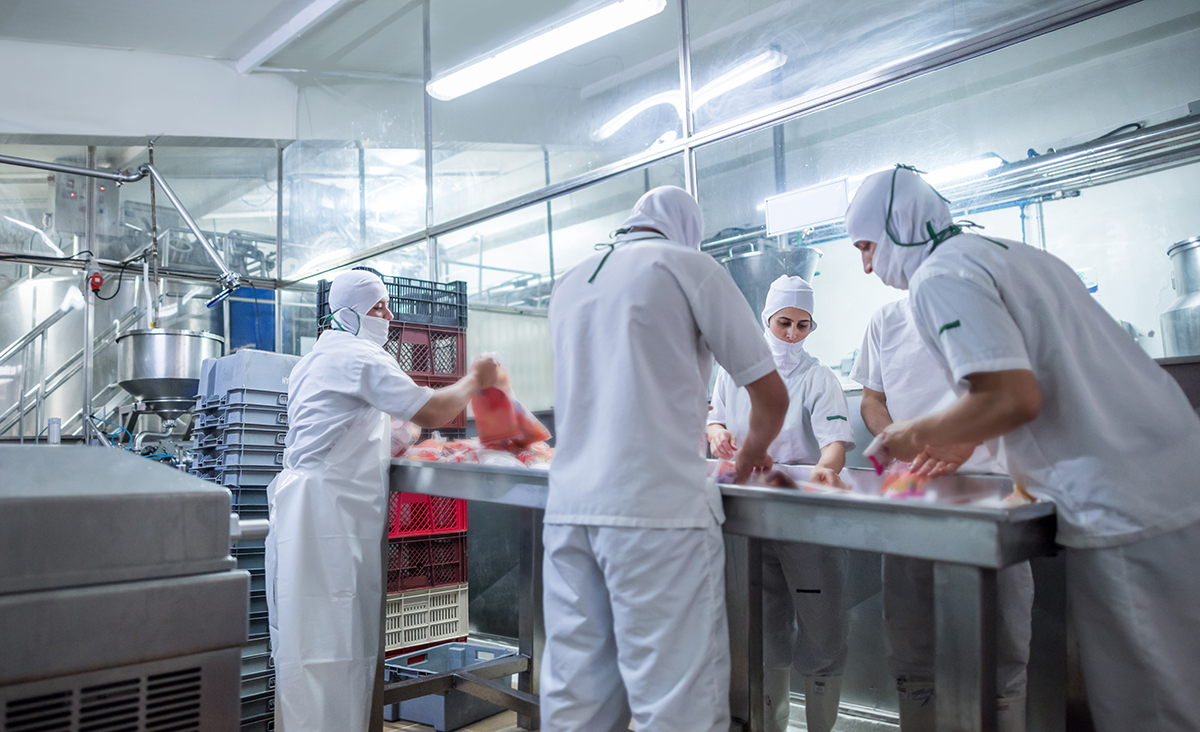



FAQs
No. Laundries are extremely diverse and their individual plant processes are often significantly different even within the same companies based on machinery, product mix, chemicals, etc. Inferring relationships is subjective; Hygienically Clean’s certification programs are quantitative. There has been a paradigm shift as healthcare facilities are compelled to verify quality objectively. Specifying water temperature, chemicals, finishing, etc. does not guarantee that a laundered product is hygienically clean.
As the authority on certification of processes, the International Standards Organization (ISO) emphatically states that certifications of processes do not reflect product quality.
Materials can be found here.
Yes we do have a Quality Assurance (QA) Manual template we offer to build the QA manual. Those requiring additional support should use HC consulting services.


